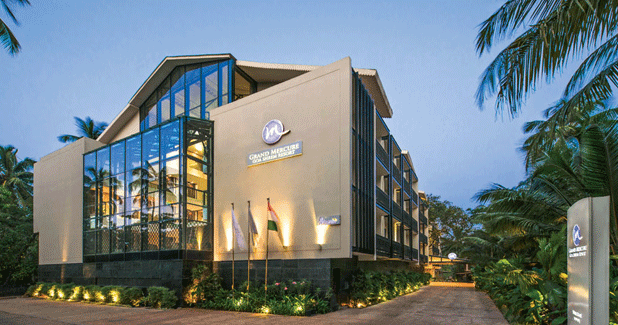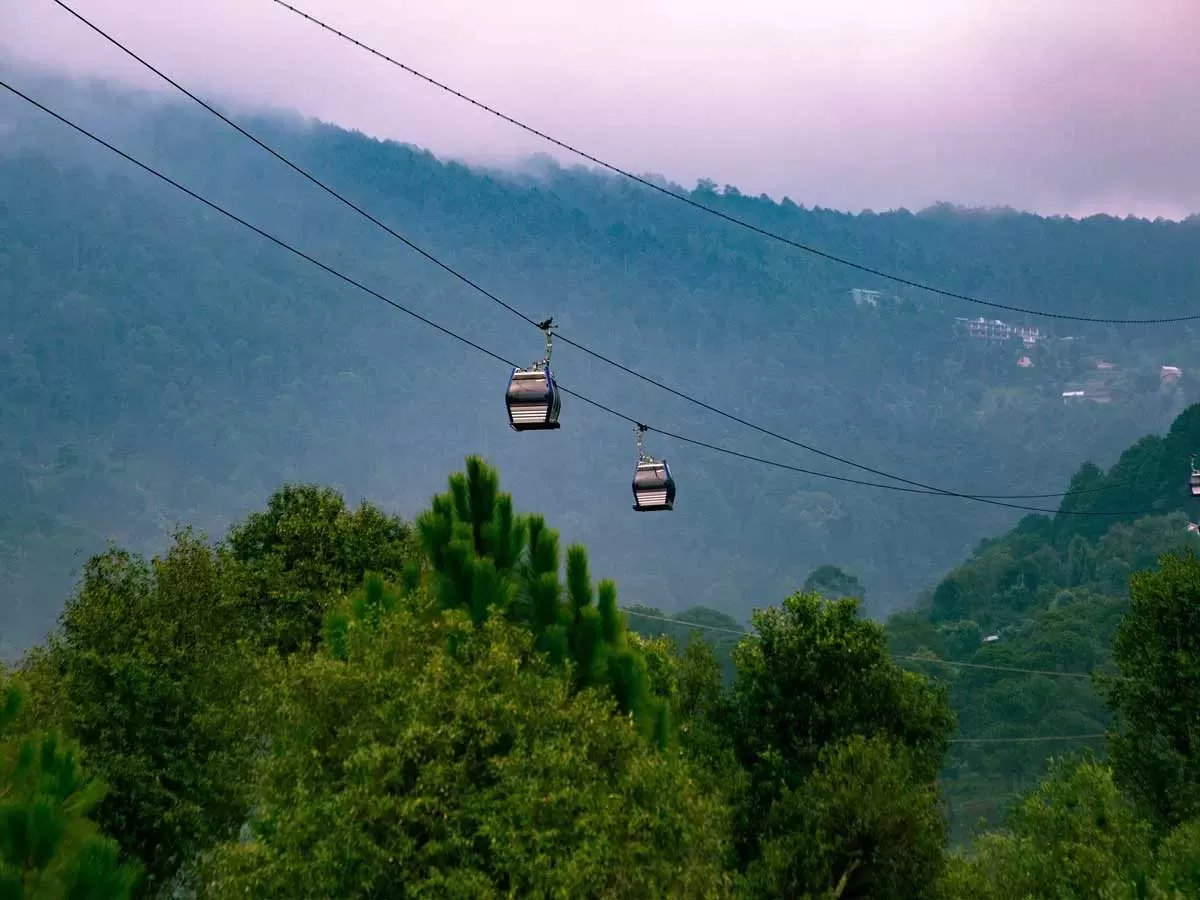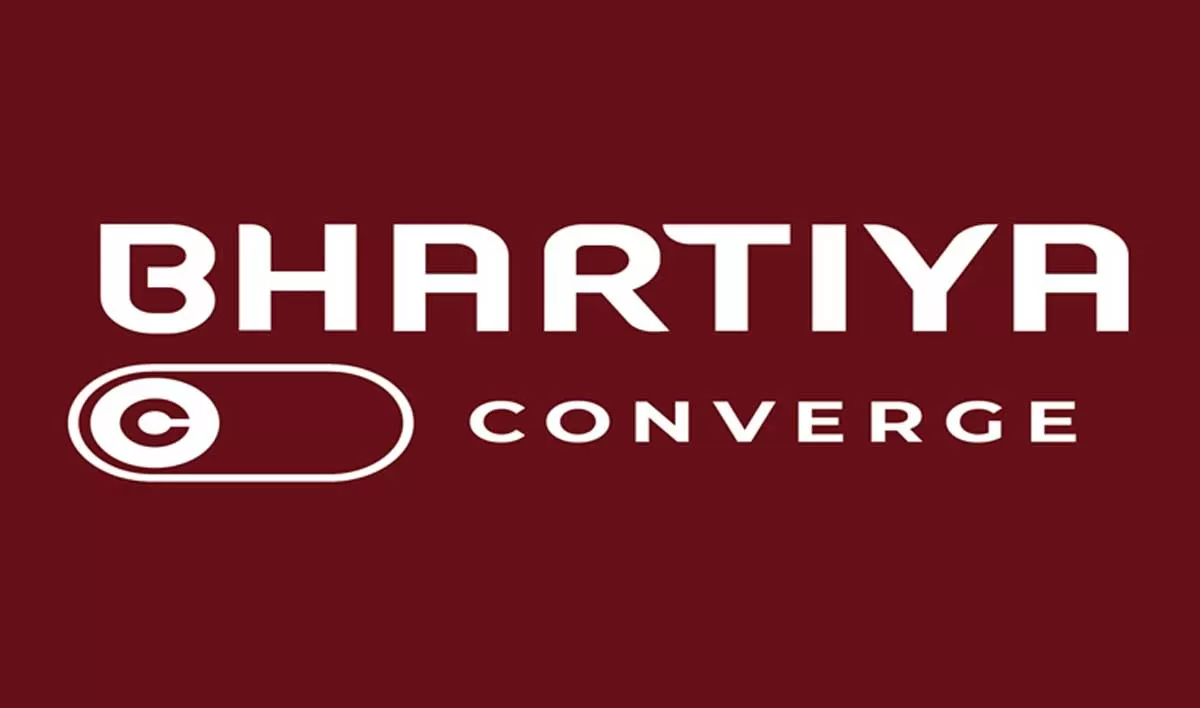Clarity on long-term opportunities is vital for hospitality real-estate success.
India is on the move. Inbound and domestic tourism is booming. Business travel is picking up. And travellers are looking for places to stay. It all spells sunshine for the hotel industry.
The Indian hospitality industry has been growing at a CAGR of 14 per cent. With a current room inventory of 143,000 and the shortfall of rooms pegged at 100,000, growth opportunities exist aplenty. In fact, Cushman & Wakefield expect the number of keys to increase by 52,000 in the five years through to 2017.
´Urbanization is changing lifestyles,´ says Dilip Puri, Managing Director India and Regional Vice President South Asia, Starwood Hotels and Resorts India Pvt Ltd. ´That and improving connectivity and infrastructure are growing demand for hotels and will continue to do so.´ In essence, hospitality success lies in knowing where to head, which segment to enter, and what modus operandi to adopt.
Where should you head?
´Location, location, location is a mantra of the hospitality business as much as it is of retail,´ asserts Niranjan Hiranandani, Managing Director, Hiranandani Group. ´With economic development and changing lifestyles come hospitality opportunities. Only the timing of projects has to be right in terms of existing demand and supply. Potential for hospitality real estate exists in every developing Tier-I and Tier-II centre.´
As India is mostly an underserved hotel market across the board, Anshuman Magazine, Chairman & Managing Director, CBRE South Asia Pvt Ltd, believes that opportunities for new hospitality projects exist in both Tier-I and Tier-II cities. However, Nirupa Shankar, Director, Brigade Hospitality Services, believes that metro cities are still the key drivers for future growth across all segments. ´Very few resort locations are deep markets,´ she says.
Tier-I cities largely present ready demand from business as well as leisure travellers. ´Developers and brands prioritising a tighter development trajectory and faster stability will opt to set up base there, provided they have pockets deep enough to scale the high entry barriers - high cost of land and assets,´ says Magazine. He sees convention centres and airport hospitality districts as the next big opportunities in Tier-I locations. ´If you are considering developing in a Tier-II city, consider those in proximity to Tier-I centres,´ he adds. ´Tier-III markets in India, meanwhile, are largely untapped, virgin territories that require business profitability evaluation on a case-to-case basis.´
Futuristic brand Starwood Hotels is looking to expand in Tier-II cities. Puri explains why: ´At the current rapid pace of urbanisation, today´s Tier-II markets will become tomorrow´s Tier-I. We believe that hotels generate their own demand. If we enter those markets ahead of time, we will be able to own the upswing.´
Rattan Keswani, Deputy Managing Director, The Lemon Tree Hotel Company and Chairman, Carnation Hotels, believes that opportunities for midscale hotels are limitless barring a few oversupplied Tier-I cities. ´We see opportunity in most parts of India,´ he says.
´Close to 70 per cent of our existing network of 32 hotels in India is located in Tier-I cities,´ says Jean-Michel Casse, Senior Vice President-Operations, Accor India. ´With the advent of better locations emerging from Tier-II and III cities, we are now actively looking at a second generation of this development in these cities through our Novotel and Ibis brands.´
Which properties are hot?
Which kinds of properties have brighter prospects? It depends on location to start with. ´Developers should choose the class (star rating) of hospitality real estate depending on the project location - the affordability of the people inhabiting its catchment area,´ advises Hiranandani.
Overall, however, the lower and mid-segment hotel categories are hugely underserved. ´We anticipate that the largest growth in hotel room inventory will take place in the economy and midscale hotel segments in Tier-I and Tier-II cities, as these are currently under-serviced and demand exceeds available supply in most cities,´ says Mandeep Lamba, Managing Director, Hotels & Hospitality, JLL India.
´Economy and midscale brands Novotel and Ibis will constitute a larger percentage of the total inventory for Accor,´ says Casse. ´Going by project profiles, budget and midscale properties have been performing more profitably than luxury and luxury deluxe hotels across Tier-I and Tier-II cities at present,´ agrees Magazine.
Essentially, economics favour the budget and midscale segments. Start with the upfront investment. ´It takes less time and costs significantly less to build budget and midscale hotels than upper upscale and luxury developments û between Rs 35 lakh and Rs 60 lakh as against between Rs 90 lakh and Rs 150 lakh, excluding the cost of land and financing,´ says Achin Khanna, Managing Director, Consulting & Valuation, HVS-South Asia. Khanna attributes the variation in per-key costs to the type of construction, basement size and levels, vertical versus horizontal developments, etc.
Moving to the operational aspects, budget and midscale properties operate with fewer overheads, albeit they also run the risk of competing with the unbranded segment, affirms Magazine. ´On the other hand, they attract a steadier stream of economy clientele all through the year and clock average room rates that are not necessarily a whole lot lower,´ says Khanna. Thus, a quicker retun on investment (RoI) is often likely.
´However, the merits of the individual project and the circumstances of the market it is being built in are the eventual deciding factors behind their likelihood of success,´ cautions Khanna.As for resorts, ´Goa is still a good destination for resorts in the high end and mid-market category,´ opines Shankar.
To mix or not to mix
Brigade Hospitality has developed the Sheraton Bangalore Hotel within the 40-acre Brigade Gateway lifestyle enclave.
The Sheraton Bangalore is a five-star hotel, a good fit for the upmarket consumers occupying the enclave and outside.
Another hotel developed by Brigade Hospitality, the Sheraton Mysore, is part of a four-acre development that includes commercial space.
Hiranandani Constructions has developed two hotels in Powai, its signature township û the Rodas Ecotel three-star hotel and the Meluha, The Fern five-star hotel.
Why do such mixed developments make sense?
´Residential real estate feeds commercial real estate and vice versa, and they both feed hospitality real estate,´ says Hiranandani. ´Hotels in mixed developments perform better. Good practices are to introduce a new brand to the area and choose classes that the audience can consume.´
´Mixed developments have better acceptability, marketability and profitability,´ agrees Harinder Dhillon, Senior Vice President, Sales, Raheja Developers Ltd. ´A hotel that is part of a mixed-use development can be expected to yield a long-term RoI around 14-15 per cent while a standalone hotel is likely to return between 8 and 10 per cent. Short-term returns aren´t a reality of the long gestation period hotel business.´
Brigade´s Shankar says, ideally, it looks for a minimum RoI of 15-18 per cent from hotel projects, and a five to seven-year payback period. ´Sometimes, the tedious approval process delays projects and adversely affects their feasibility, holding up the payback period by another two to three years,´ she adds.
Think global, act local
Branded hospitality has a positive outlook. Global hospitality brands especially have unparalleled experience in delivering quality services. It helps that they are interested in the Indian market. ´As business expands and grows, demand for quality lodging will increase,´ affirms Puri. ´Therein lies our opportunity.´
´Accor is investing in India because we see long-term potential in the country thanks to its vast size, emerging middle class, cost-competitiveness and massive talent pool,´ says Casse. ´With the EU and the Americas already having become mature markets, India and China offer among the highest year-on-year business growth rates around the globe,´ observes Magazine. And Lamba notes, ´All the leading global hotel operators are in India and have aggressive growth targets for this market.´
Another positive is that foreign investment regulation for the Indian hospitality sector calls for partnerships. A local partner can bring deep insight into local market preferences, which is essential to succeed. ´Operating with Indian partners, therefore, is the prevalent practice rather than a choice to be made,´ adds Lamba.
It works out well. Overseas hospitality groups prefer to manage hospitality real estate developed by Indian developers than to own such assets. ´Our preferred mode of operation is management,´ explains Puri. ´We have moved away from owning hotels to owning brands. Today, we own just about over 40 hotels from the 1,200 we operate across 100 countries. This asset-light strategy allows us to add shareholder value. So we don´t build hotels. We work with our partners to provide the design direction based on the brand they choose, and manage these hotels.´ In India, however, Starwood is open to franchising its upscale brands like Aloft and Four Points should an opportunity come up for a portfolio deal.
Indian brand Lemon Tree Hotels is aggressively expanding through both the owned-and-operated route and the managed route. It prefers to get involved in managed greenfield developments as early as possible - ´so that we can help the developers build efficiently, keeping in mind the end product category and the expected returns to the developer or owner,´ says Keswani. Ideally, the brand looks for developer partners who share a common vision of financial diligence and ethical standards, who understand the cyclical trends of the hospitality business and design hotels jointly to deliver the best possible financial results.
´The optimum modus operandi for developers is then to involve operators as early in the development stage as possible, as this helps develop the property according to the brand´s standards and dynamics of the market in which they are being developed,´ explains Lamba.
The Brigade Group has partnered with Starwood, InterContinental and Accor under the Sheraton, Holiday Inn and Mercure brands, respectively. Shankar affirms that it involves operators at a very early stage of planning to take their inputs and build according to their brand standards.
Developers and brand duos working in unison have bright prospects. As, evidently, does the hospitality industry.
Sourcing funds from overseas
Donald Trump has expressed an interest in five-star hospitality projects in New Delhi, Hyderabad, Chennai and Goa. Here are some recent infusions of funds from overseas into developers with interests in hospitality:
-
Ashiana Housing has raised `100 crore each from Creador PE and funds managed by Goldman Sachs for equity stakes. It operates a hotel in Bhiwadi and has a second under construction at Jamshedpur.
-
Vatika Hotels, the Vatika Goup´s hospitality spinoff, has raised Rs.225 crore from an affiliate of Goldman Sachs for an equity stake. It runs two Westin-branded hotels in Gurgaon and Sohna and plans to add two more in Jaipur and Puducherry.
Quick Bytes
- Current room inventory: 143,000; shortfall pegged at 100,000 rooms.
- Tier-I and II cities: Budget and midscale properties have been performing more profitably than luxury and luxury deluxe hotels.
- Demand drivers: Improving connectivity and infrastructure.
- Hugely underserved: Lower and mid-segment hotel categories.
- Economics favour the budget and midscale segments.
Charu Bahri
To share your views, write in at feedback@ASAPPmedia.com


















